I'm currently working on a project where I need the MCU to be able to keep running for at least a few seconds after the power have been interrupted (in case of power outage for example).
So I choosed a 470uF cap for the output of the regulator (AP7333-33), but unfortunatly when the power is interrupted, the cap discharge quickly in the regulator (and through the regulator, in the wall adapter).
I'd like to prevent this phenomenon, but I can't find a satisfying solution...
I tried to put a schottky diode between the regulator and the cap, but this is far from an ideal solution, as voltage drop and reverse leakage current lower the time my MCU have before shuting down.
I also tried various mosfet and BJT configuration, but could not find anything good.
I feel a bit stupid, ok I'm a beginner, but I'm sure such a simple problem have a simple solution !
